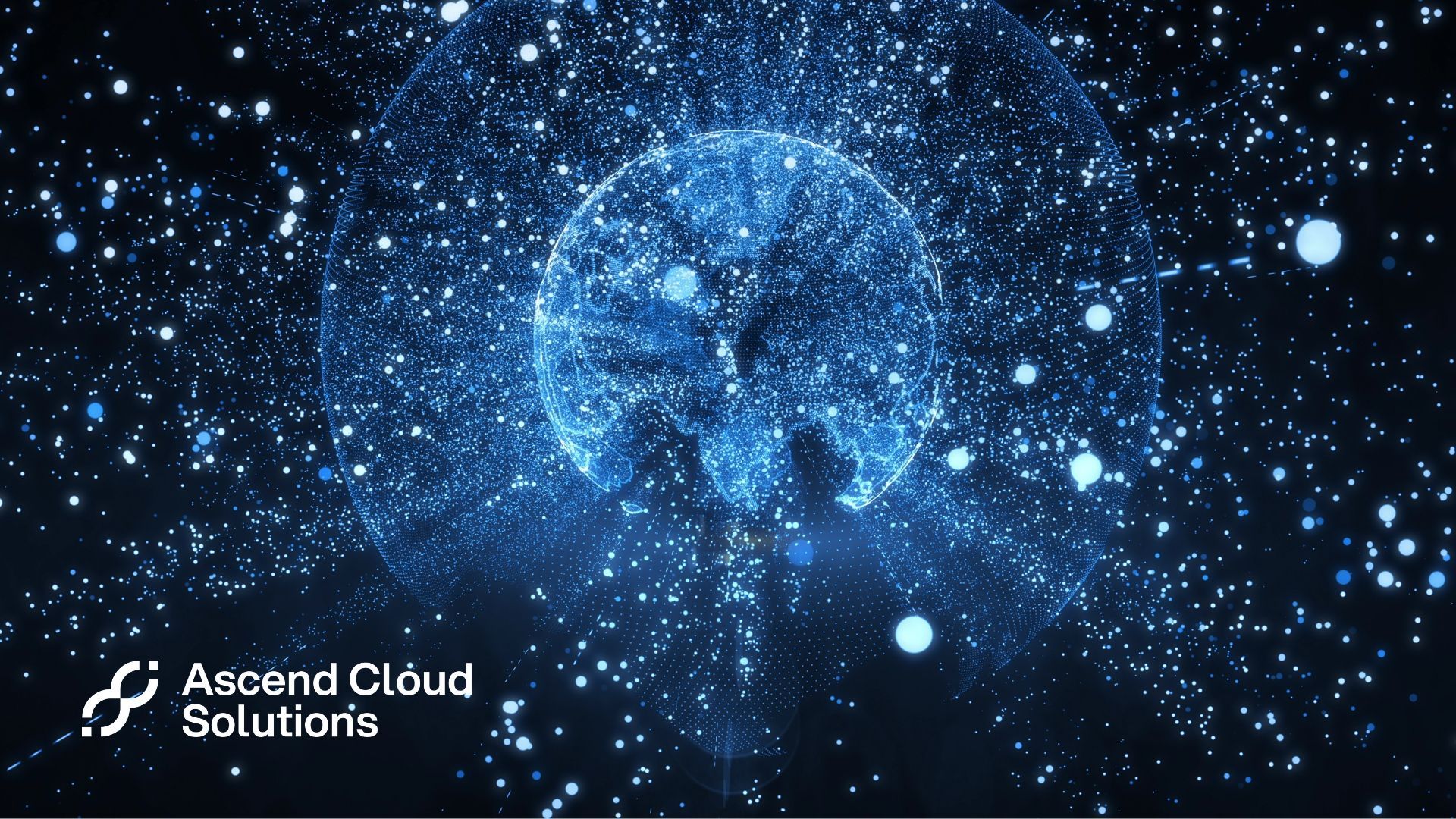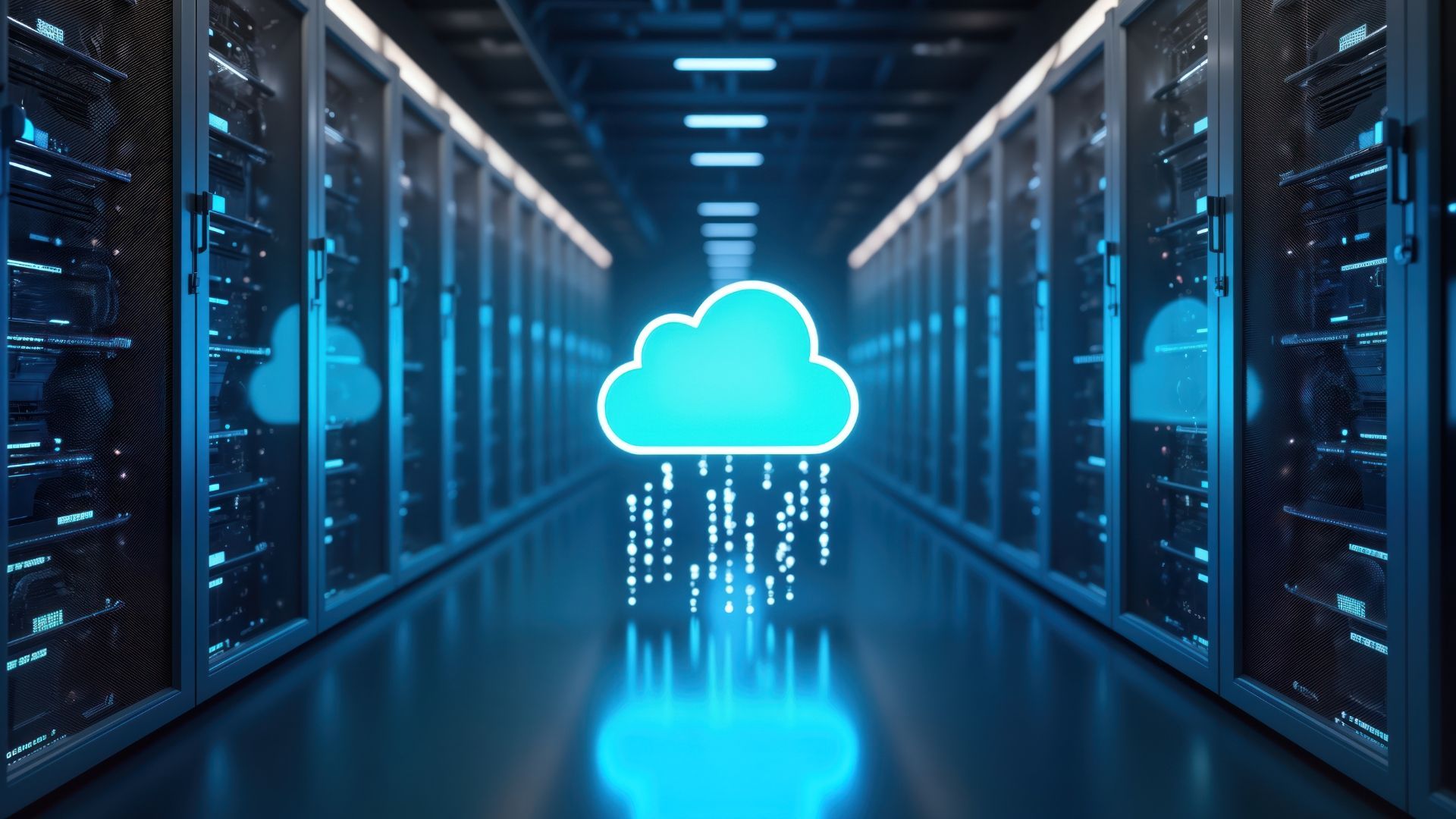Application Assessment

Discovery is the process of capturing detailed and deeper understanding about the source environment, like the on-premises. And that will help to plan and execute a successful migration. We will do the assessments on Inventory of Assets. But who will help us to understand the complexity of application.
There are application owners and specific users who needs to be involved. And they will help you to understand more about the application characteristics.
When it comes to application discovery, these are some of the infrastructure details that needs to be captured.
We will start with identifying:
Application types: Whether it is a web app, web tier, or database, and so on.
Complexity of VM: Usually each VM is categorized as simple medium complex based on its configuration.
OS and Architecture:
The operating system of the VM, whether it is a Windows or Linux VM. And then also its architecture-- 32-bit or 64-bit.
Application Dependencies: It is also important to know the dependencies between these apps and the workflow. And this will help us to prioritize and group VMs that are to be migrated together.
OS Hardening and required updates: There are other OS level verifications, validations to be run like OS hardening or the latest updates that are required to the operating system.
Clustering Configuration: Clustering is a very common configuration. So, we would also need to determine if there are any clustering at the OS or the hardware level.
Disk Configuration:
Then, there are disk level configurations. Determining any logical volume managers or LVMs, and disk encryptions that are applied or not.
Agent Software and versions: And then finally, any software agents installed on the VM. This could be retained or sometimes there's a need to remove these agents before we migrate into the migration target. VMware Tools is an example. And let's say when we migrate the VM into OCVS, Oracle Cloud VMware Solution, we would need to make sure VMware tools are up to date on the VM selected to be migrated.
Now we are going to proceed with the operational discovery.
Operational level discovery for the application is required, much like for infrastructure details.
To start with, what is each app's recovery point objective?
Like with a scheduled migration operation, the recovery point goal, or RPO, is the greatest amount of data loss that may be tolerated after the event. Additionally, it is stated as a time frame.
Next, we investigate what the Recovery Time Objective, or RTO, is.
The maximum allowable time frame for restoring the application following a migration is known as the RTO. Every application should have a written service level agreement, or SLA.
Every virtual machine's login process should be recorded as well. It may be a domain account or a local one. and determining any licensing needs for each application as well as the operating systems that will be used in the intended environment. As an example, some apps may have certain CPU core prerequisites that needs to be highlighted before the migration task.











